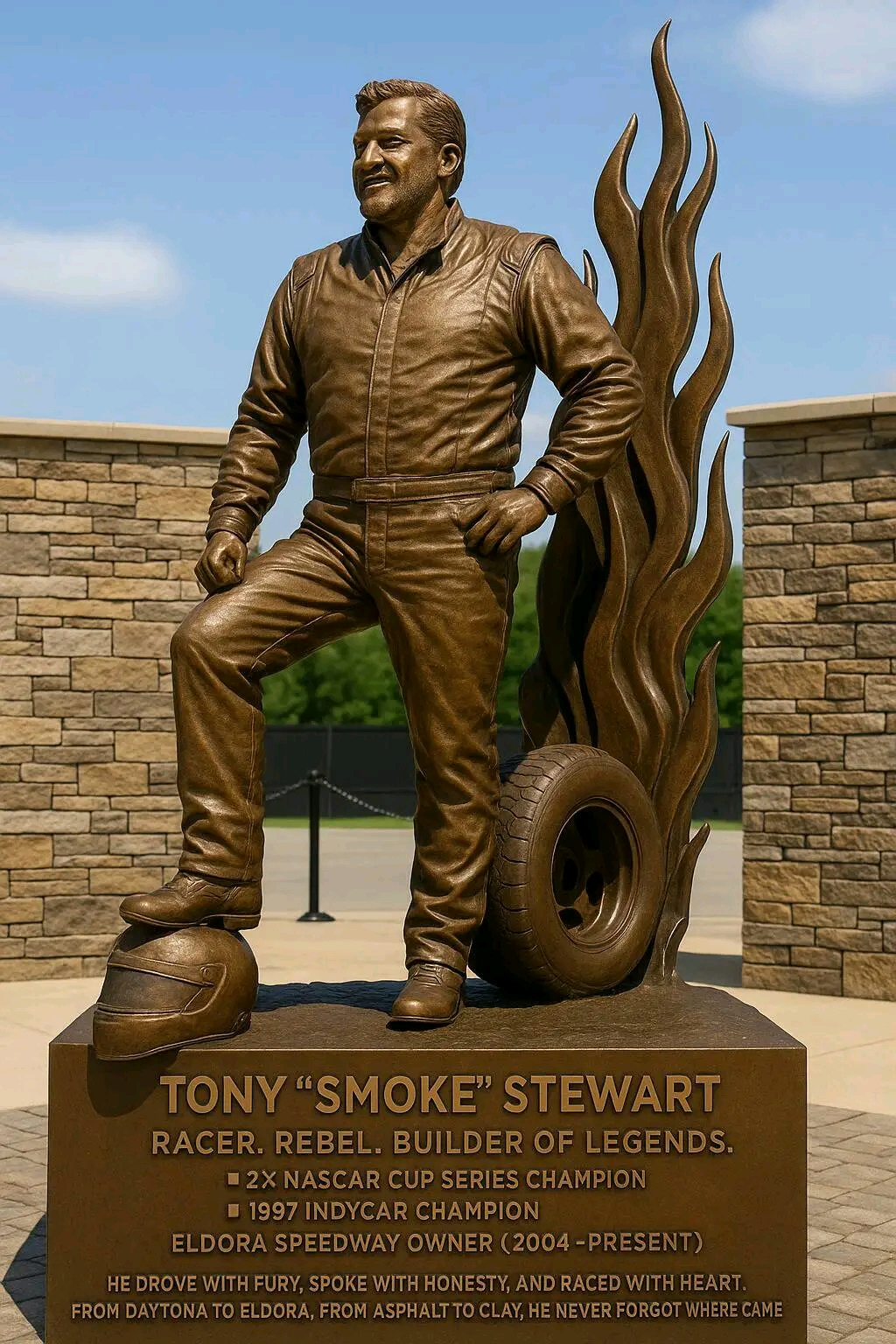
Today, the world of NASCAR finds itself in a state of debate and controversy regarding the value and recognition of Bubba Wallace as a driver, especially considering his partnership with Michael Jordan. Many fans and industry insiders are questioning why Wallace has been elevated to a prominent status, while legendary drivers like Tony Stewart, who built their careers through consistent success and influence, have not received comparable recognition in recent times. This discussion highlights broader issues of race, marketability, and legacy within the sport.
Bubba Wallace has become one of the most talked-about figures in NASCAR, partly due to his activism and outspoken personality. His partnership with Michael Jordan, a legendary NBA star and successful team owner, has catapulted him into the spotlight. However, critics argue that Wallace’s rise is more rooted in marketing and social significance than in pure racing accomplishments. His career statistics, including wins and championships, pale in comparison to drivers like Tony Stewart, who has multiple Cup Series championships, 49 wins, and a reputation as one of the most fierce competitors in the sport’s history.
The question of “why him?” stems from the perception that Wallace’s prominence is partly fueled by his race and the broader push for diversity in NASCAR. While diversity initiatives are vital, some fans and experts believe that the sport should also celebrate drivers based on their performance and consistency on the track. Tony Stewart, for example, was known for his aggressive driving style, competitive spirit, and undeniable talent, earning respect from peers and fans alike. His legacy is built on wins, championships, and a reputation as a fierce competitor, rather than social activism or marketability.
Furthermore, Wallace’s rise has been criticized as being more about the symbolism of breaking racial barriers than racing excellence. While his story is inspiring and important for representation, it raises questions about whether his current status is earned through racing merit or social significance. Critics argue that this diminishes the achievements of drivers like Tony Stewart, who dedicated their entire careers to excellence on the track, rather than off-track activism.
Why then, does Wallace receive this recognition? Supporters say that Wallace’s visibility has helped NASCAR evolve into a more inclusive sport, attracting new fans and fostering conversations around social justice. His partnership with Michael Jordan symbolizes a new era for NASCAR, emphasizing diversity and change. Yet, some believe that this focus on social impact should not overshadow the importance of racing achievements. The sport needs a balance—honoring drivers who excel on the track while also embracing those who push for social progress.
In conclusion, the disparity in recognition between Bubba Wallace and Tony Stewart reflects broader themes in NASCAR: the tension between racing excellence and social activism, marketability and legacy. While Wallace’s rise signifies progress and the sport’s effort to modernize, it also raises questions about the true measure of a driver’s worth. Ultimately, NASCAR’s future should honor both performance and progress, ensuring that legendary drivers like Tony Stewart are remembered for their racing prowess, even as new figures like Wallace shape the sport’s evolving narrative.





